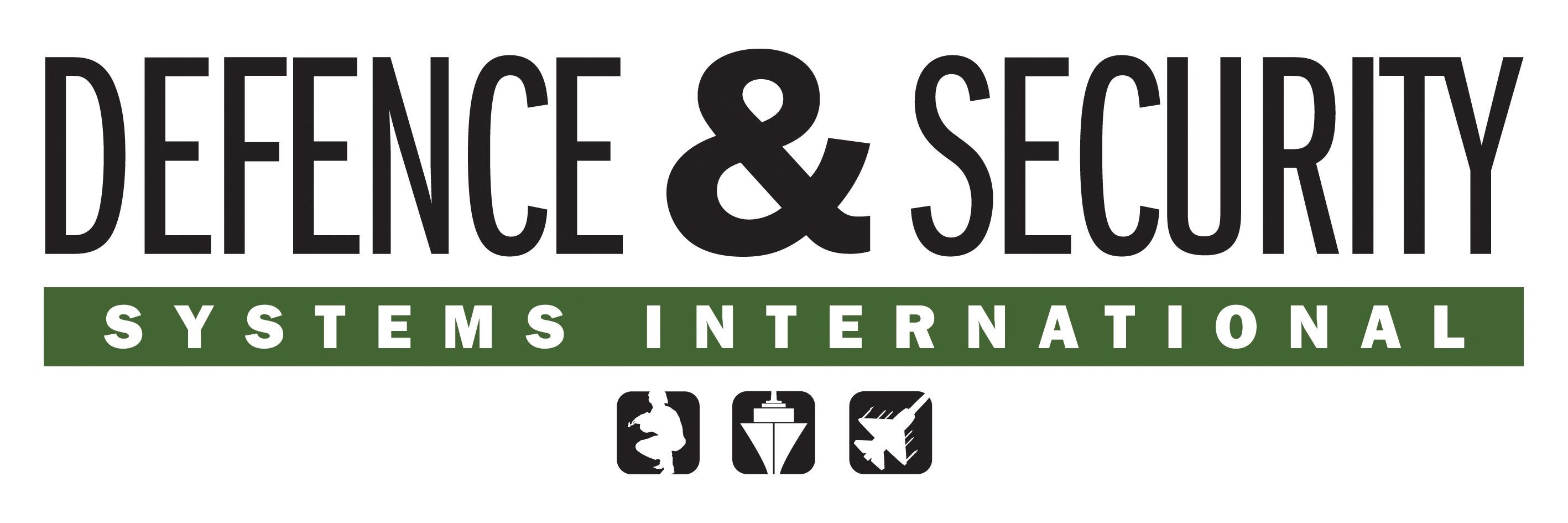
We live in a world where chemical, biological, radiological and nuclear (CBRN) threats come not only from weapons of mass destruction, but also potentially from smaller devices or natural disasters, such as occurred in Japan last year when the Fukushima nuclear plant was damaged in an earthquake. Ongoing work to counter such threats focuses on research and development of new technology, as well as the equally important processes for coordinating military and civilian responses.
On the technology side, a lot of effort is being put into enhancing bio-detection capabilities and enhancing RN detection and related processes to better counter the illegal trafficking of radiological or nuclear materials. In terms of comprehensively preparing and conducting Nato’s military and civilian responses, the Joint CBRN Defence Centre of Excellence (JCBRN Defence COE) is on hand to assist.

Discover B2B Marketing That Performs
Combine business intelligence and editorial excellence to reach engaged professionals across 36 leading media platforms.
The centre’s purpose is to provide advice in all CBRN defence-related areas, develop standards and knowledge to support interoperability and advanced capabilities, and to improve education and training for responses to CBRN threats. Based in the Czech Republic, it is sponsored by 11 nations – the Czech Republic, Germany, Greece, Hungary, Ireland, Poland, Romania, Slovakia, Slovenia, the UK and the US.
"Our main focus is to support all CBRN transformational, training and exercise efforts of Nato. We are involved as an advisory body in areas such as developing the new Nato CBRN CAPSTONE documents, brainstorming on CBRN render-safe conceptual thoughts, and in many force and capability developments," says Schulte.
"It is hard to say which of these threats is the highest priority. An unexpected hazard from toxic-industrial material in an urban area might be of higher importance than any other CBRN-related risk. The new CBRN CAPSTONE document tries to get a grip on that complex scenario, as does the implementation of the Joint Priority Assessment Work Schedule – known as JPAWS – the overall aim of which is to prioritise and harmonise any ongoing work in the operational, scientific and armament domains. Trust me, harmonisation in Nato, which means harmonisation between nations, is a very, very demanding process," he adds.
Collaboration and cooperation
The fact that ten of the 11 sponsoring nations are members of both Nato and the EU means that the foundation for fruitful collaboration is already established and works well. Having the US as the other sponsoring nation is of high importance as it has impressive capabilities in the area of CBRN defence, such as the Defense Threat Reduction Agency (DTRA).

US Tariffs are shifting - will you react or anticipate?
Don’t let policy changes catch you off guard. Stay proactive with real-time data and expert analysis.
By GlobalDataEach nation provides its own specialist knowledge. Schulte, for instance, as director of the Transformation Support Department is part of a German contingent of three, which includes one NCO in the Lessons Learned Evaluation and Analysis Section and one staff officer as the section chief of the Concepts and Doctrine Section. As with other nations, Schulte can, when requested activate a national ‘reach back’ capability to ensure additional support for the COE.
"I have to stress here that the capability of the COE is more than the contributions of the 11 nations. The existing COE cooperative identity shows very well that the standing, the acceptance of an entity is more than the summary of individual contributions," says Schulte.
"Nato has a system of different working groups, which have previously worked in a stove-piped structure in, for example, armament and operational domains. To overcome this, Nato’s highest level decided to merge the working groups wherever possible. The COE was already part of the old structure with roles such as the chairmanship of the doctrine and terminology pane, and the custodian for documents like JPAWS. It has actively discussed and participated in the development of the new terms of reference for the merged groups, for which the organisational questions have been solved and which are now starting with content-related work again," he explains.
The COE is actively involved in projects within the concept development and experimentation (CD&E) framework. Experimentation is an integral methodology for all its transformation support efforts of the COE, which is participating in several CBRN Defence-related CD&E projects.
One relates to a future Nato CBRN Defence Reachback and Fusion Element, the development of a CBRN Defence Knowledge Base, and two maritime projects that will help define requirements related to specific CBRN Defence Reachback and Fusion functionalities.
Such exercises are vital to ensuring everyone is prepared for a range of scenarios that are hard to predict.
"Several nations decided to establish the Joint Intelligence Fusion Cell (JIFC) to better analyse today’s military situation, but the CBRN has a comprehensive domain as well. Take Japan as an example. Real catastrophes might occur by the mixture of natural disasters – which cannot be predicted – and the quality and quantity of affected industrial or hazardous entities in the affected area. The understanding of comprehensive aspects in a CBRN-dominated situation is one of the challenges for all key decision-makers involved in such a scenario," says Schulte.
A new framework
While all the nations have valuable contributions to make to the COE, a change in focus means that there is much work to do on coordinating responses to any CBRN threat. "Five years ago, the focus was more on the military aspects, " explains Schulte, "but civilian aspects are coming to the fore. We must look not only at weapons of mass destruction as a means of delivery, but also the question of industrial materials, for example, as in Japan, where we saw a combination of a natural disaster and a nuclear issue. We must look at that threat in the context of Europe, balancing the military and civilian needs and also the legal aspects.
"In Germany, for instance, there is a strict division of the military, the police and interior forces. The situation is very different in other countries. So, we need a new CAPSTONE document, which must be formulated within Nato, and that is a very demanding process. A new document is under discussion, but that process can take a long time," he adds.
Despite the work that remains to be done, Schulte is confident that the COE has contributed significantly to improving Europe’s preparedness in the face of CBRN threats in the last five years.
"Here we are touching the core working areas of the Training, Education and Exercise Department (TEED). Beside CBRN defence-related tactical courses, such as first responder training courses or support of the CBRN course at the Nato School Oberammergau, this department decisively ensures challenging CBRN-related exercise incidents within the NRF Certification Process of Nato’s joint headquarters. The growing modelling and simulation capability of the COE has already been utilised for the Nato NAC (North Atlantic Council) Seminars," he remarks.
"Speaking for myself, rather than for the COE,’ says Schulte, "I know CBRN Defence was, is and always will be an unliked issue in all domains, on all levels. It is not in the centre of interest, like counter-improvised explosive device (C-IED). But in case a CBRN-related event occurs, anyone will cry for us. It is stony and burdensome work. But the work needs to be done."
This article was first published in our sister publication Defence & Security Systems International.






